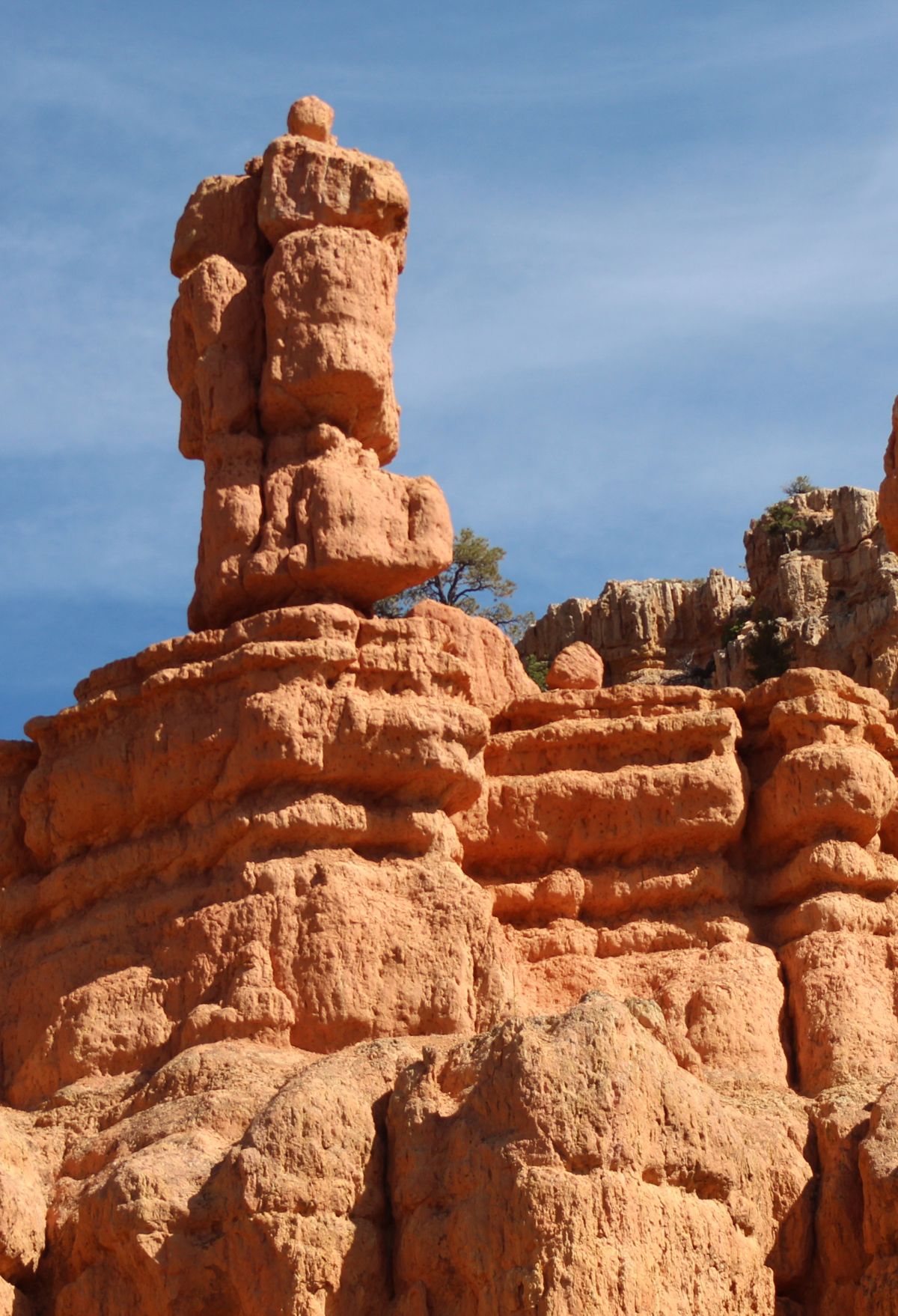Bryce Canyon National Park FAQs
Bryce Canyon National Park is a stunning natural wonder located in southwestern Utah, known for its unique hoodoos and breathtaking landscapes.
Bryce Canyon Natural Wonder
It is located in southwestern Utah and is home to one of the most remarkable geologic attractions in North America…the hoodoos.
They are unique, spire-shaped rock formations set in a diameter of colorful rock walls.
These stunning hoodoos have been sculpted by erosion, wind, and time.

Visitors can enjoy the panoramas by taking a scenic drive through the park, hiking, camping, or taking a scenic flight over the canyon.
About Bryce Canyon NP
Bryce Canyon National Park is a stunning natural wonder located in southwestern Utah, USA.
Known for its unique and otherworldly landscape characterized by a series of giant natural amphitheaters filled with thousands of hoodoos.

They are tall, thin spires of rock that have been eroded by wind, water, and ice over millions of years.
Here is a comprehensive overview of Bryce Canyon National Park:
Geology and Formation:
Bryce Canyon’s distinctive features were formed primarily through erosion caused by frost weathering and stream erosion.
The park is located on the eastern edge of the Paunsaugunt Plateau in the southwestern part of Utah.

The colorful and intricate hoodoos result from the erosion of the Claron Formation, which consists of sedimentary rocks like limestone, sandstone, and siltstone.
Hoodoos:
Hoodoos are the main attraction of Bryce Canyon. These towering rock formations come in various shapes and sizes and are a result of differential erosion.

Some of the famous hoodoos in the park include Thor’s Hammer, Queen Victoria, and Wall Street.
Scenic Overlooks:
Bryce Canyon offers numerous viewpoints and scenic overlooks, allowing visitors to take in breathtaking panoramic views of the amphitheaters and the surrounding landscape.

Sunrise Point and Sunset Point are two of the most popular viewpoints for experiencing the park’s stunning vistas.



Hiking Trails:
There are several hiking trails in Bryce Canyon, ranging from easy walks along the rim to more challenging hikes into the amphitheaters.

The Navajo Loop Trail and Queen’s Garden Trail are popular choices for those looking to explore the hoodoos up close.
But always be careful and bear aware.

Wildlife:
The park is home to a variety of wildlife, including mule deer, pronghorn, coyotes, and numerous bird species.
Visitors might also spot the Utah prairie dog, a threatened species that inhabits the meadows around the park.
Stargazing:
Designated as an International Dark Sky Park, it is an excellent destination for stargazing.
The absence of light pollution allows for clear views of the night sky, and the park occasionally hosts astronomy programs and events.
Visitor Centers and Facilities:
The park has several visitor centers where you can obtain information, maps, and permits.
Finally, the Bryce Canyon Visitor Center is a great place to start your visit.
Camping and Accommodation:
Bryce Canyon offers camping facilities, including the North and Sunset Campgrounds.
There are also several lodges and cabins available for those who prefer more comfortable accommodations.
Weather:
The park experiences distinct seasons, with cold winters and warm summers.
Snow is common in winter, making it a popular destination for winter sports enthusiasts.
Fees and Permits:
Entrance fees are required for visitors to Bryce Canyon National Park.

These fees help support park maintenance and preservation efforts.
However, if you have an Annual Park pass, you are good to go.
Backcountry permits are necessary for overnight hiking and camping in the park’s wilderness areas.
Park Activities:
Apart from hiking and stargazing, visitors can engage in activities like horseback riding, photography, and ranger-led programs.

Accessibility:
The park has made efforts to improve accessibility for visitors with disabilities, including accessible viewpoints and facilities.
Riggs and Lonely Fires
In 2018, Bryce Canyon National Park was faced with the challenging task of managing two significant wildfires, the Riggs Fire and the Lonely Fire, that ignited within the park’s boundaries.
The Riggs Fire, named after its point of origin near Riggs Spring, started in early August and burned approximately 1,200 acres of ponderosa pine and mixed conifer forest.
Firefighters swiftly mobilized to contain its spread, employing a combination of aerial support and ground crews.
Simultaneously, the Lonely Fire, sparked by lightning, emerged in a remote area and charred around 60 acres of woodland.

Both fires prompted partial closures of certain trails and viewpoints for visitor safety, but the park’s proactive firefighting efforts aided in swiftly mitigating their impact on the iconic landscapes of Bryce Canyon.
The fires served as a reminder of the park’s dynamic ecosystem, where periodic wildfires play a crucial role in rejuvenating the landscape and promoting biodiversity.
While these events caused temporary disruptions, the management strategies implemented by the National Park Service showcased their dedication to preserving the delicate balance between natural wildfire cycles and visitor safety within Bryce Canyon National Park.
Follow us on Pinterest and PIN IT for later!







